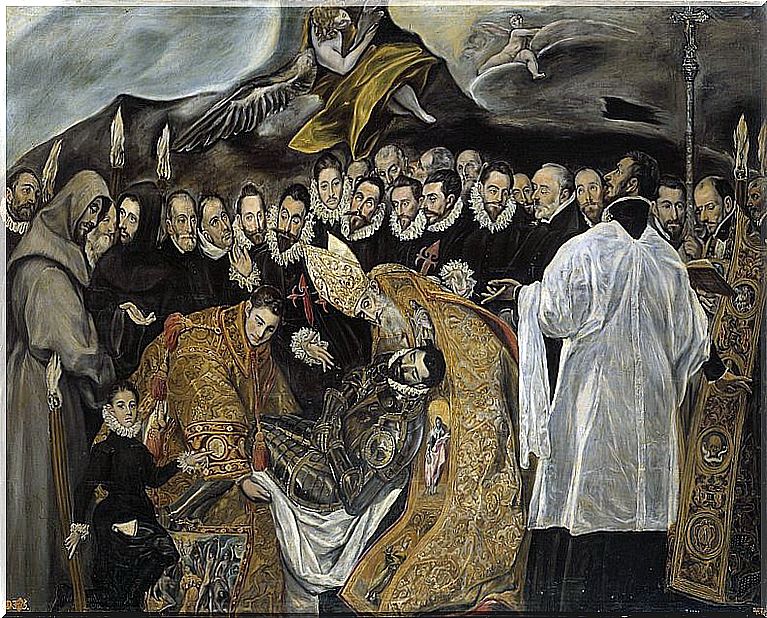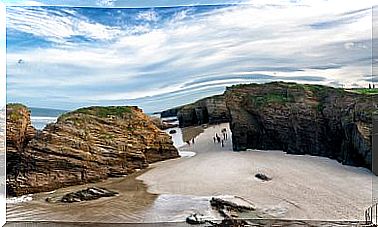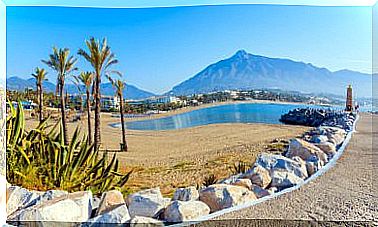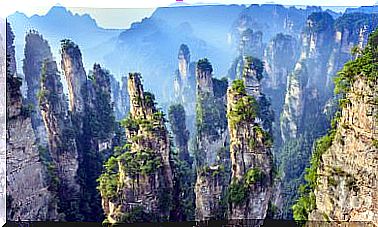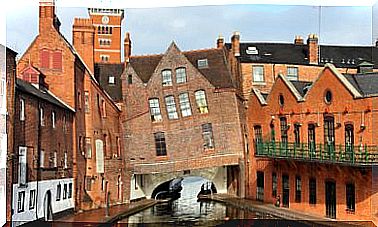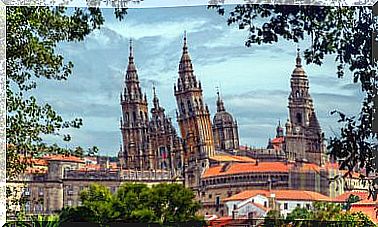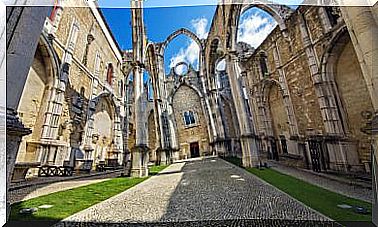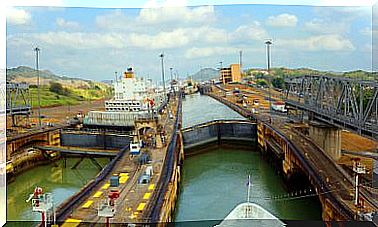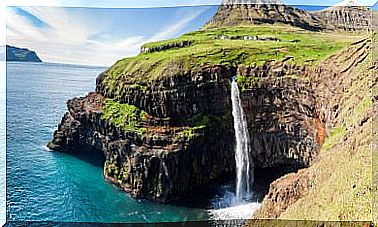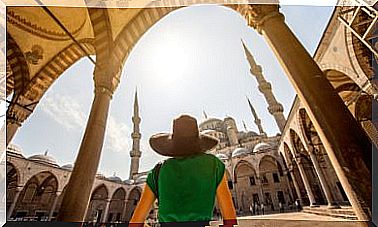Fray Juan Sánchez Cotán, The Painter Monk
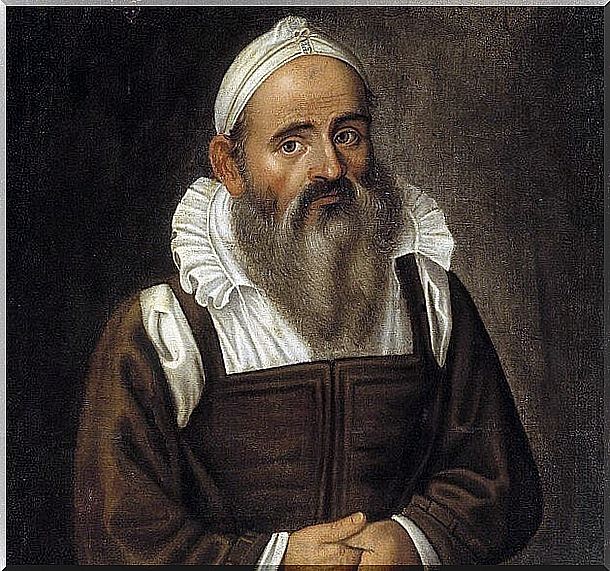
Fray Juan Sánchez Cotán is the first Spanish painter of whom we know still lifes, mostly painted before 1603. A forerunner of tenebrism in Spain, his works are so natural and realistic that you can almost take the objects he painted. Do you want to know a little more about this painter monk and where to see his works? We will tell you.
A bit of his biography
Fray Juan Sánchez Cotán, the painter monk, was born in Orgaz (Toledo) in 1560. There he would work first as a disciple of Blas de Prado and later as a professional painter, commissioning religious painting, landscapes and still lifes, a genre in which he would excel in a very special way. He would also stand out by making commissioned copies of works by great masters such as Titian.
According to his will and the researchers who have studied this magnificent Spanish painter, Sánchez Cotán was a cultured person, a lover of music and literature. He was a friend of El Greco and his lender, pious and with a comfortable life. But at the age of 43, he decided to radically change the course of his life.
At that age he left Toledo to become a Carthusian monk. Thus, in September 1604 he was appointed lay brother of the Royal Monastery of Our Lady of the Assumption of the Cartuja in Granada. And in this city he would die in 1627.
His main works and where to see them
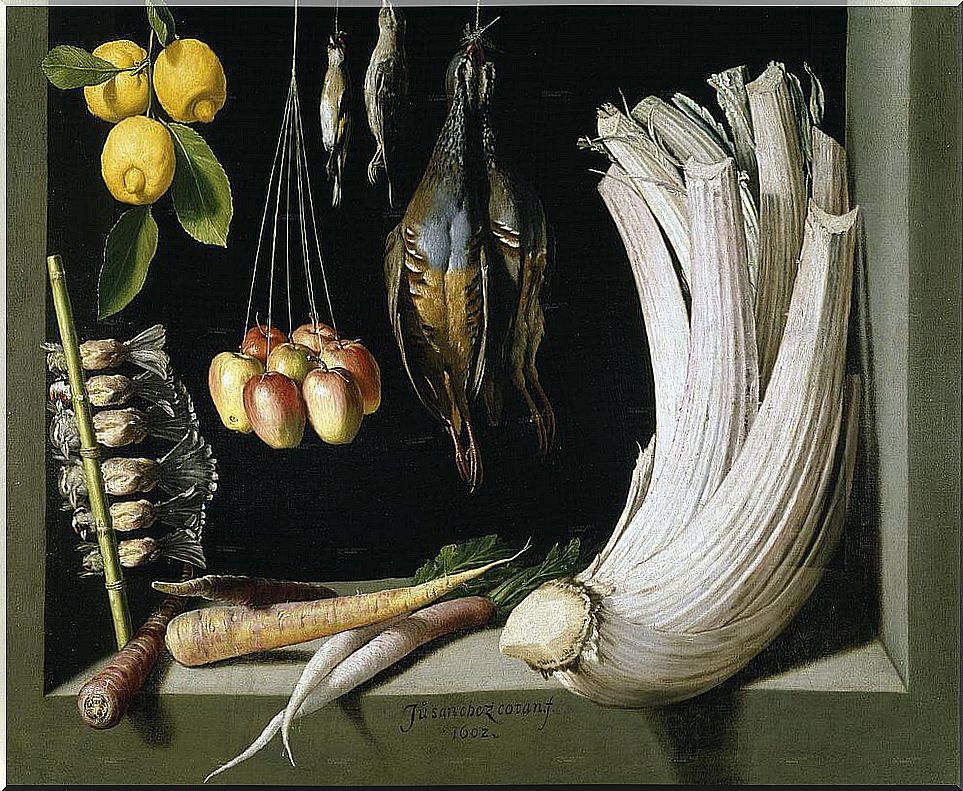
Several works stand out from his time in Toledo. It is worth mentioning La barbuda de Peñaranda, painted in 1590 and in which it represents a woman with masculine features that is kept in the Prado Museum. Also noteworthy is his canvas entitled Cristo y la Samaritana, from the Santo Domingo el Antiguo convent in Toledo.
Still life of game, fruit and vegetables , painted in 1602, is one of the star works of the Prado Museum in Madrid. In this painting he naturally paints various game prey, such as partridges, goldfinches and sparrows, along with apples, lemons and a beautiful thistle.
Precisely, the thistle will become one of his hallmarks and will also be the protagonist in his Still Life of the thistle. It is a wonderful painting whose realism impresses and that today we can see in the Museum of Fine Arts of Granada, located on the second floor of the Palace of Carlos V of the Alhambra.
Works in the United States
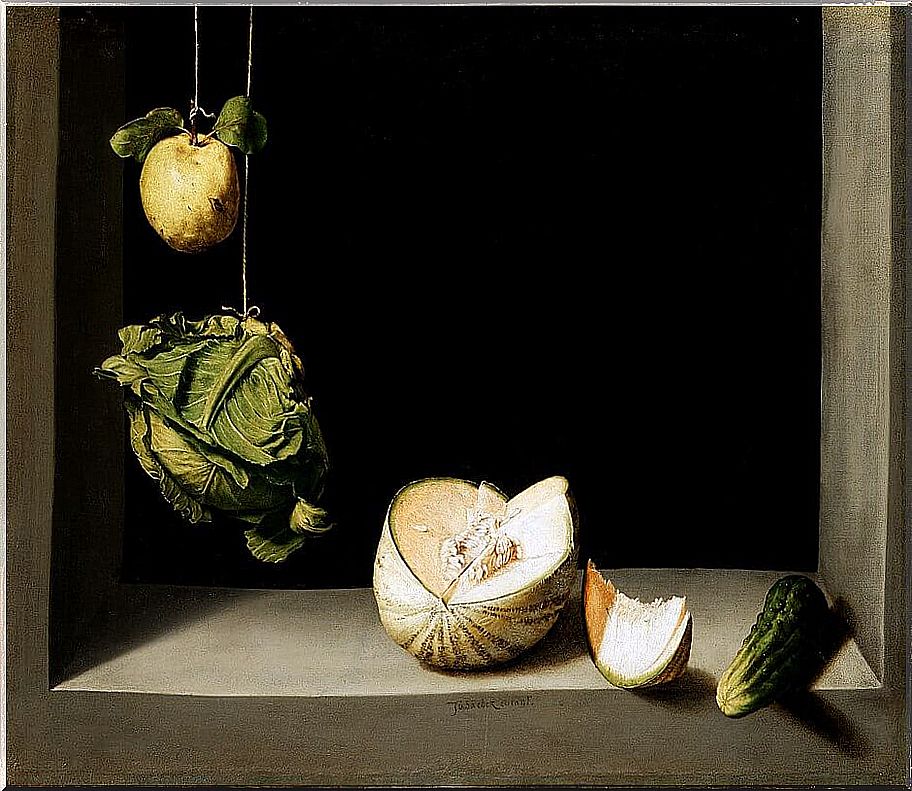
In this genre he also made the so-called Still Life of San Diego, to be found in the Museum of San Diego, in California. In this he takes almost a perfect photograph of a quince, a cabbage, a melon and a cucumber. And it has in common with the rest of the still lifes its dark, almost gloomy background, and the magnificent use of light that gives the painting impressive qualities and tactile sensations.
In this museum there is also a painting of Saint Sebastian with four arrows sunk in his flesh. Meanwhile, at the Art Institute of Chicago, we can find another painting entitled Still Life. In it he makes almost an exact copy of the Still Life of San Diego, but introducing a duck and other birds.
Fray Juan Sánchez Cotán in the Charterhouse of Granada
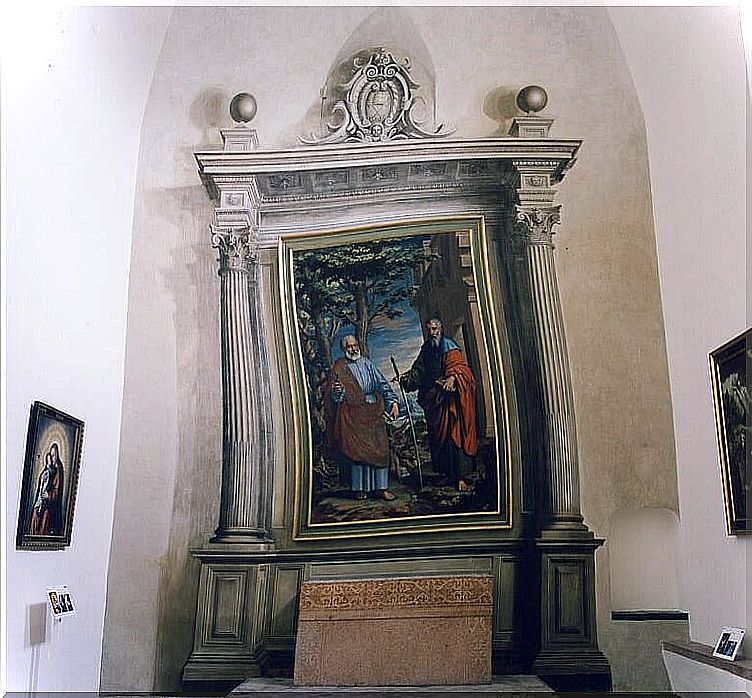
As we have already mentioned, Sánchez Cotán became part of the Charterhouse of Granada as a monk. And it will be there where he made several cycles and paintings on a religious theme. In addition, he was one of the architects of the maintenance of the building due to his great artistic ability.
Thus, we find the Passion Cycle , now preserved in the Granada Museum of Fine Arts. Or the precious canvases that adorn the lay choir altarpiece, in which it represents the Flight into Egypt and the Baptism of Christ, preserved in situ .
In the refectory room of the Cartuja you can see the painting of The Last Supper , in which it breaks with the tradition of putting the apostles on both sides of Christ and places three on the opposite side of the table. Thus, we can see them only from the back.
Similarly, the table is not made up of rich and abundant delicacies, but only a few fish and pieces of bread. And in the center of the scene, under Christ, a dog and a cat fight, providing greater realism.
In the De Profundis chapel of the monastery, he undoubtedly does his best work using the trompe l’oeil technique . It is an altarpiece painted on the wall, in a classical style, which serves as a frame for the painting representing Saint Peter and Saint Paul .
